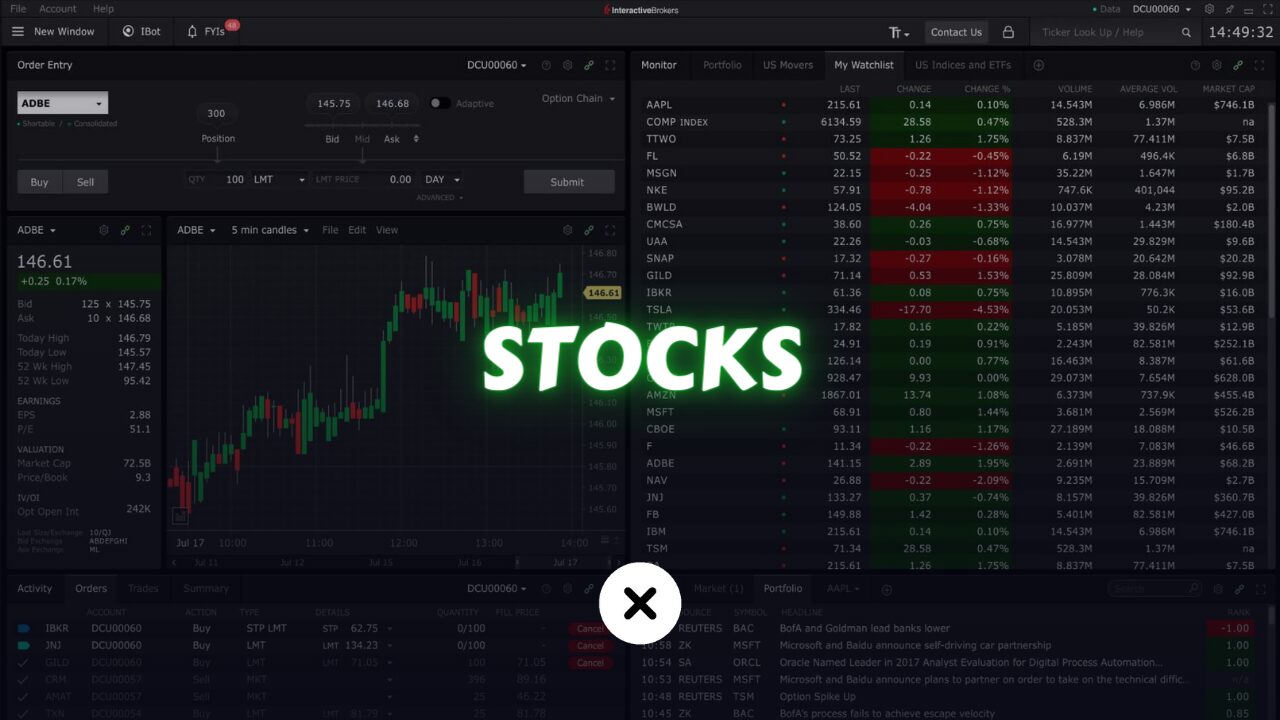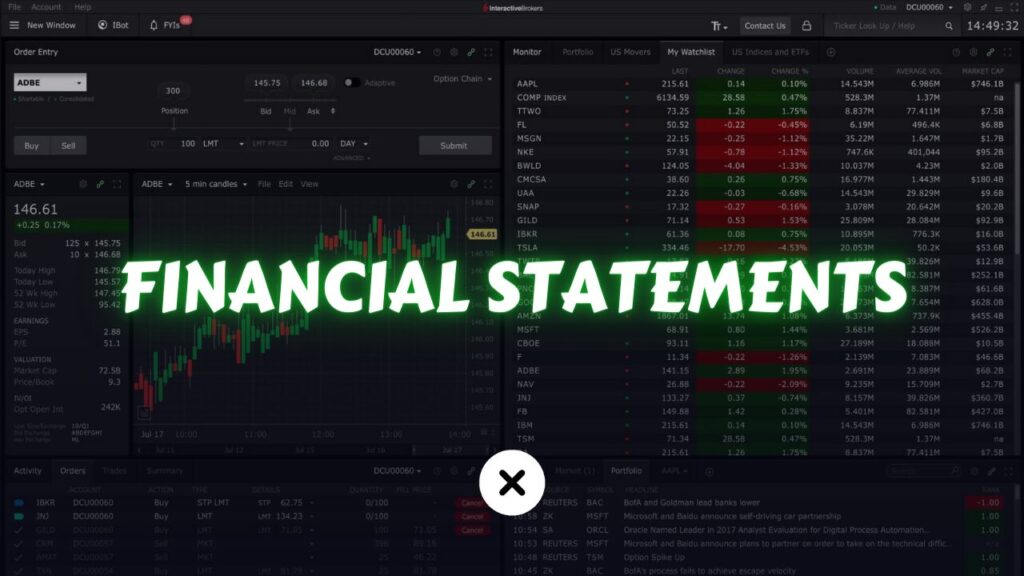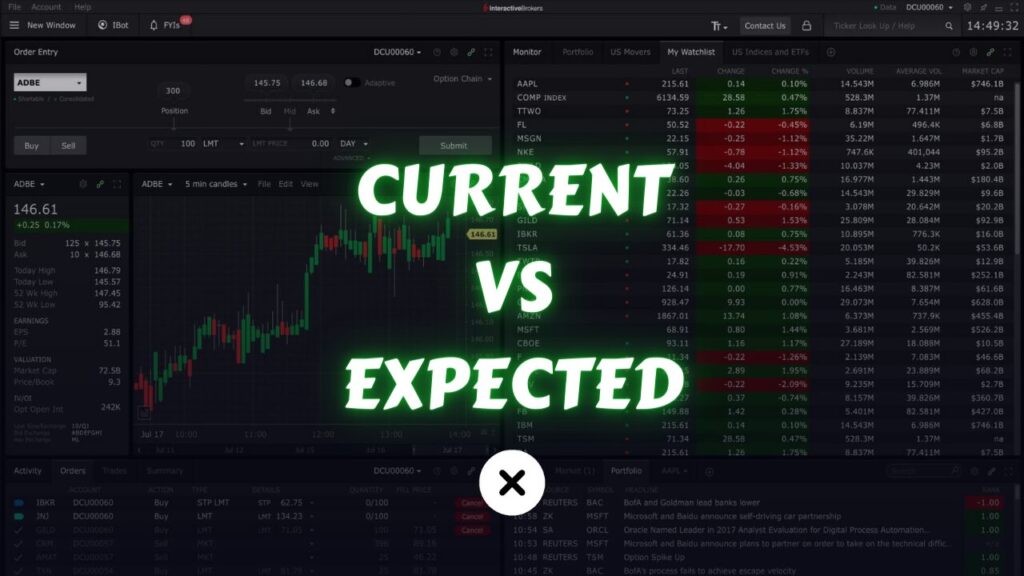
What is a stock or shares? Well, a stock basically acts as a security that symbolizes ownership in a corporation. when you possess stocks in a company, you hold a stake in that company’s assets and earnings. A portion of these resources is rightfully yours, as you become a partial owner of the company.
So, why might a company decide to issue shares? And why would someone be interested in purchasing stocks in a corporation? The answer is quite straightforward.
Example:
Imagine this scenario: you’re an entrepreneur with a passion for electronics, and let’s say you’re involved in selling drones. Currently, you’re manufacturing and selling drones successfully within your circle of family, relatives, and friends, as well as in your local community, which is generating substantial profits for you.
Now, envision that you strongly believe drones are poised to become a significant market in the future, and you’re eager to expand your business globally or nationwide. To achieve this expansion, you recognize the need to scale up, which implies establishing more retail outlets. But how can you make this happen? The answer lies in acquiring additional capital.
In the current year, you’re able to generate $100,000 in revenue by selling drones within your local community. At this moment, you hold complete ownership of your enterprise, which we’ll refer to as “DRN” for convenience.
However, your aspirations extend beyond your community, aiming to establish a presence nationwide by opening multiple retail outlets. Suppose you’re thinking of the launch of five additional stores, and the estimated cost for each of these new establishments is approximately one million dollars.
Now, the critical question is: how can you obtain the necessary five million dollars? Relying solely on the $100,000 annual income won’t suffice; the timeline to gather $5 million in such a manner would prove considerably protracted.
Consequently, the solution involves seeking investors who can provide the required capital. Your strategy entails selling shares of your company to these investors, thereby securing the funds needed for expansion. This decision involves selling a portion of your company’s ownership, perhaps around 50%, to acquire the $5 million investment.
Through this approach, despite currently owning only half of your company, its value substantially increases due to the potential for amplified earnings. With the addition of five more stores, your projected annual revenue could soar to $2 million.
As a result, even though your ownership stake is presently at 50%, its value has significantly increased due to the heightened profitability. Consequently, you stand to reap annual earnings of $1 million compared to the initial $100,000, marking a remarkable advancement.
Hence, it’s indeed a highly favorable approach to offer shares of your enterprise when aiming to expand and require additional funds. So, why does a corporation opt to release stocks? The primary reason is their aspiration for expansion.
Now, why would an individual investor express interest in purchasing these shares? Once again, the answer is straightforward. Their objective is to partake in the company’s growth.
By investing, this individual effectively becomes a partial owner of the company, positioning themselves to benefit from the company’s expansion and profit generation. Remarkably, this passive ownership allows them to accrue earnings and capitalize on the company’s advancement without the necessity of direct involvement or effort.
Traders, in their pursuit, aim to identify discrepancies in stock prices. The rationale behind this lies in the fact that every time a stock is bought or sold, it comes with a specific price tag. If we can effectively assess when this price ventures into overvaluation or undervaluation territory and detect the divergence from its accurate value, we can seize the opportunity presented by these mismatches and capitalize on the resulting disparity for profitability.
How can you Buy a Stock?
The choice varies depending on whether you’re interested in acquiring shares of a private enterprise or those of a public corporation.
Now, let’s delve into the distinction between a private and a public company. A private company is essentially characterized by having a limited number of owners and not being listed on a publicly accessible exchange like the New York Stock Exchange or NASDAQ. Conversely, a public company is a larger entity that is traded on one of these public exchanges.
To offer some prominent examples, companies such as Apple, Amazon, Google, and Tesla are all categorized as public companies. However, it’s important to note that before achieving public status, they operated as private enterprises—smaller entities that weren’t subject to exchange trading.
In the scenario we discussed earlier concerning the drone company, initially, it operates as a private entity during the initial few rounds of share sales. During this phase, the ownership is distributed among a limited number of investors. However, as more shares are sold and ownership broadens, the company eventually transitions to becoming a public entity. This transformation from private to public involves a structured process called an Initial public offering. which we will talk about more later.
To invest in shares of a private company, you must have a direct connection to the owner, either through friendship, family relations, employment, or you need to qualify as an accredited investor. Being an accredited investor entails having substantial financial resources or significant wealth.
This restricted access to investment opportunities in private companies underscores the challenge these companies face when it comes to securing funding. Consequently, investing in a private company isn’t straightforward, and this difficulty also contributes to the complexities private companies encounter in raising capital.
In contrast, public companies offer accessibility to investment for anyone interested. By simply contacting your broker, you can obtain the desired shares. This distinction underscores a significant disparity between private and public enterprises. When we talk about purchasing and selling stocks, we are exclusively referring to public companies. These are the sole types of stocks available for purchase, trading actively on stock exchanges.
What is Initial Public Offering (IPO)?
Let’s revisit our drone company scenario. Initially, you had your drone business, which was generating $100,000 in annual revenue. Later, you transformed it into a private company by securing $5 million in investments, resulting in an annual income of approximately $2 million.
Now, you want to take your company to the next level, expanding it globally. To achieve this grander scale of growth and raise more capital, you decide to transition from a private company to a public one. The process you undertake to accomplish this is commonly known as an Initial Public Offering or IPO.
An Initial Public Offering (IPO) signifies that you’re making your company’s stocks available to the general public for the very first time. This essentially involves selling a part of your ownership, separate from what your investors hold, to the public. In return, the public buys these shares, providing you with additional capital to fuel further growth.
Now, when it comes to conducting an IPO, you’ll need to enlist the services of another entity known as an underwriting firm. These firms are experts in managing IPOs. They will thoroughly evaluate your company, taking into consideration various factors such as business plans, revenue, earnings, and other critical elements. Based on their assessment, they’ll provide an estimate of how much capital you can raise through the IPO. Furthermore, they’ll strategize to determine the optimal initial share price that allows you to sell the desired quantity of shares.
Naturally, their primary goal is to secure the highest possible funding for your IPO without setting the bar too high. They understand that if the IPO falls short and the expected funds aren’t raised, it could harm their reputation. Hence, their task is to strike a balance by maximizing your capital while ensuring that all the offered shares find buyers.
So, in the case of the drone company, for instance, they might propose raising $100 million by selling a million shares at $100 each. Essentially, the IPO will be launched with an initial price of $100 per share, and one million shares will be made available to generate the desired $100 million in capital.
When they go ahead to sell these one million shares, this transaction occurs in what is known as the primary market. During this phase, they engage with their network of contacts, which includes banks, brokers, and seasoned investors, to promote your company and reserve some shares for them. This marks the very first sale of these shares, happening within the primary market.
Access to shares during an IPO is restricted to a select few because you typically need to be a major client of a large financial institution to secure those shares. As retail traders, it’s unlikely that we’ll have the opportunity to participate in the primary market and acquire shares at the IPO stage.
Once those shares are successfully sold in the primary market, a specific date is set for them to commence trading on stock exchanges. However, it’s essential to note that once these shares hit the exchanges and are available for purchase, they enter what we call the secondary market. So, whenever you buy stocks on exchanges like NASDAQ or NYSE, you’re participating in the secondary market. As traders, our focus primarily revolves around discussions related to the secondary markets.
What are Fractional Shares?
Think of fractional shares as a way for regular investors to own a piece of a company, even if they can’t afford a whole share.
Imagine you want to invest in a company whose shares cost $100 each, but you only have $50 to invest. In the past, you’d be out of luck because you couldn’t afford a full share.
Now, with fractional shares, you can invest that $50 and own half of a share. It’s like owning half a pizza instead of the whole thing. The brokerage or investment platform divides the full share into smaller pieces, allowing you to buy just the portion you can afford.
This way, you can still benefit from the company’s success. If the stock price goes up, your fractional share will increase in value proportionally. You can also receive dividends based on your ownership percentage.
So, fractional shares open up investing opportunities to a wider range of people by letting them buy a fraction of a share, making it possible to invest with whatever amount of money they have available. It’s a way to make investing more accessible and affordable for everyone.
Conclusion
In conclusion, stocks or shares represent ownership in a corporation, granting stakeholders a claim to a portion of its assets and earnings. Companies issue shares to raise capital for expansion and growth, while investors purchase stocks to participate in the company’s success and profit generation. Through offerings like Initial Public Offerings (IPOs), companies transition from private to public entities, making their shares available to the general public for the first time. In the secondary market, investors trade stocks on exchanges like NASDAQ and NYSE, aiming to capitalize on fluctuations in stock prices. Fractional shares have further democratized investing, allowing individuals to own a portion of a company’s stock, regardless of their available funds. Overall, stocks offer opportunities for both companies and investors to achieve their financial objectives and contribute to the dynamic landscape of financial markets.



